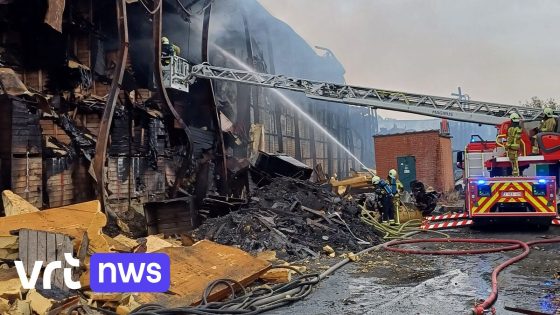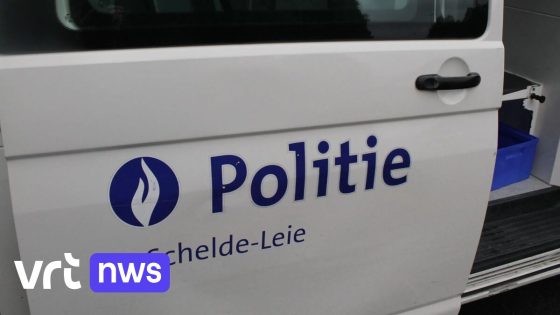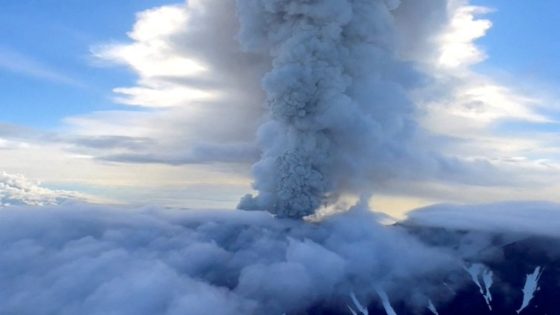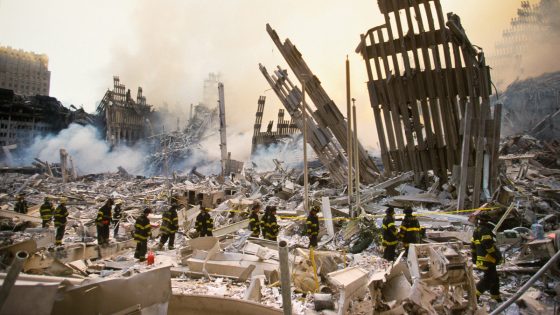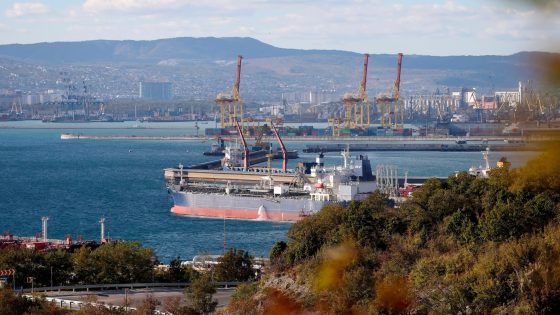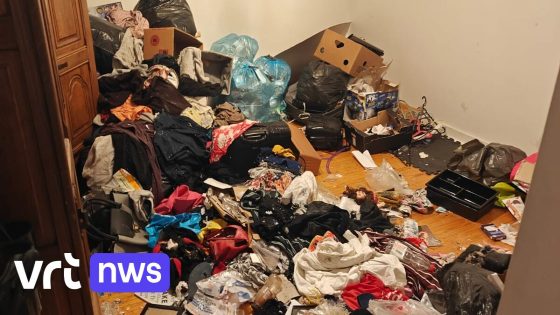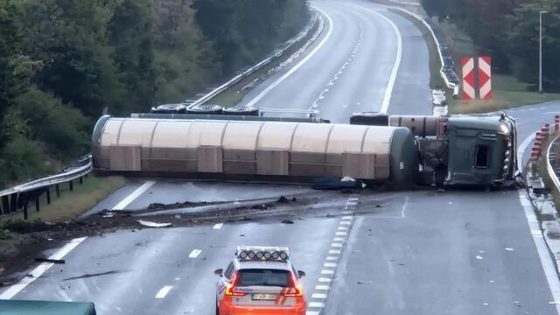A severe fire at the Horafrost frozen vegetable facility caused significant damage two weeks ago, impacting storage warehouses filled with crates of vegetables. This incident has raised concerns across Belgium’s food supply chain, especially for frozen produce.
- Zware brand richtte schade aan Horafrost
- Loods met groenten raakte zwaar beschadigd
- Bedrijf startte begin deze week opruimingswerken
- Heropflakkeringen van brand vereisten interventies
- Bedrijfsbrandweer en externe firma blusten vlammen
- Voorbijganger meldde rookontwikkeling aan brandweer
Cleanup efforts began earlier this week, but the situation remained volatile with several flare-ups of the fire. Each time, the company’s internal fire brigade or external teams intervened promptly to control the flames.
On 2025-07-27 13:01:00, a passerby spotted new smoke rising above the Horafrost site, prompting another emergency call. The local fire department responded quickly to prevent further damage. What does this mean for local businesses and consumers? And how prepared are companies for such incidents?
How can Belgian companies better manage industrial fire risks? The Horafrost case highlights several key points:
- Effective emergency response teams, both internal and external, are essential for rapid containment.
- Regular safety audits and fire prevention protocols can reduce the risk of flare-ups during cleanup.
- Community vigilance, like the passerby’s alert, plays a vital role in early detection and response.
Looking ahead, Horafrost and similar companies must strengthen their fire prevention and response strategies. Belgian consumers and businesses alike should stay informed as recovery progresses and new safety measures are implemented.



